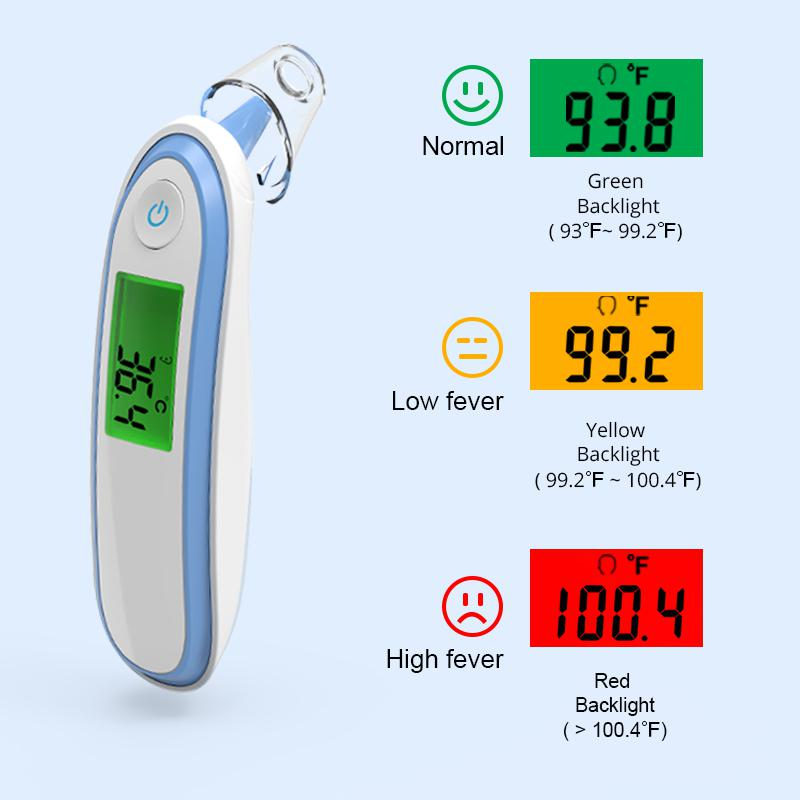1. Symptoms The disease is one of the most common major diseases in the artificially cultivated Pinellia terrestris. The cause of the disease is under research and observation. In the high-temperature rainy season and high humidity environment, it is most likely to occur, especially when the ventilation and light transmission are poor. At the beginning of the disease, green and irregular lesions appeared on the leaves and petioles, and then the color of the lesions deepened, the affected area became soft, and the leaves seemed to burn like hot water. They appeared to be translucent and drooping, sticking to each other. The onset of the disease is acute and the infection is fast. Once discovered, it spreads quickly and the treatment is troublesome. The soil and air in the entire plot give off a strong, foul smell.
2. Control methods
(1) When choosing plots, choose old plots of tomatoes, eggplants, cucumbers, and cabbages that have not been planted before, or plant P. ternata on plots that have not experienced damping-off.
(2) In the rainy season and high temperature season, attention should be paid to reducing soil moisture.
(3) After the soil has been selected, winter plowing should be conducted in winter. Do not apply unfertilized fertilizer, with or without the use of nitrogen fertilizer from chemical fertilizers.
(4) Prevention is the mainstay. After the onset of high temperature after the rain, with 75% chlorothalonil 800 times; 50% thiofuroxen 1000 times; agricultural 200ppm streptomycin, neomycin and 300ppm chloramphenicol; 7 days 1 time , alternately spray 3 times. Pay attention to spray evenly, do not re-spray, no leakage spray.
(5) In recent trials, 66.5% of Prec 800 times and 72% of DuPont-Kelu 500 times have been sprayed to prevent and control. The effect is also good.
Measuring a person`s temperature can be done in several ways. One method to measure a person`s surface temperature is with the use of non-contact infrared thermometers (NCITs). NCITs may be used to reduce cross-contamination risk and minimize the risk of spreading disease. While typically 98.6°F (37.0°C) is considered a [normal" temperature, some studies have shown that "normal" body temperature can be within a wide range, from 97°F (36.1°C) to 99°F (37.2°C). Before NCITs are used, it is important to understand the benefits, limitations, and proper use of these thermometers. Improper use of NCITs may lead to inaccurate measurements of temperature.


Infrared Thermometer,Temperature Gun,Ir Thermometer,Non Contact Thermometer,Infrared Temperature Gun
Ningbo Queen Electronic Science Technology Co., Ltd , https://www.queenmeds.com